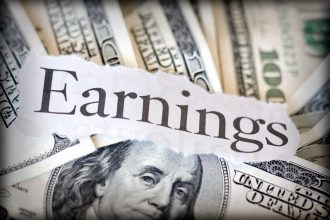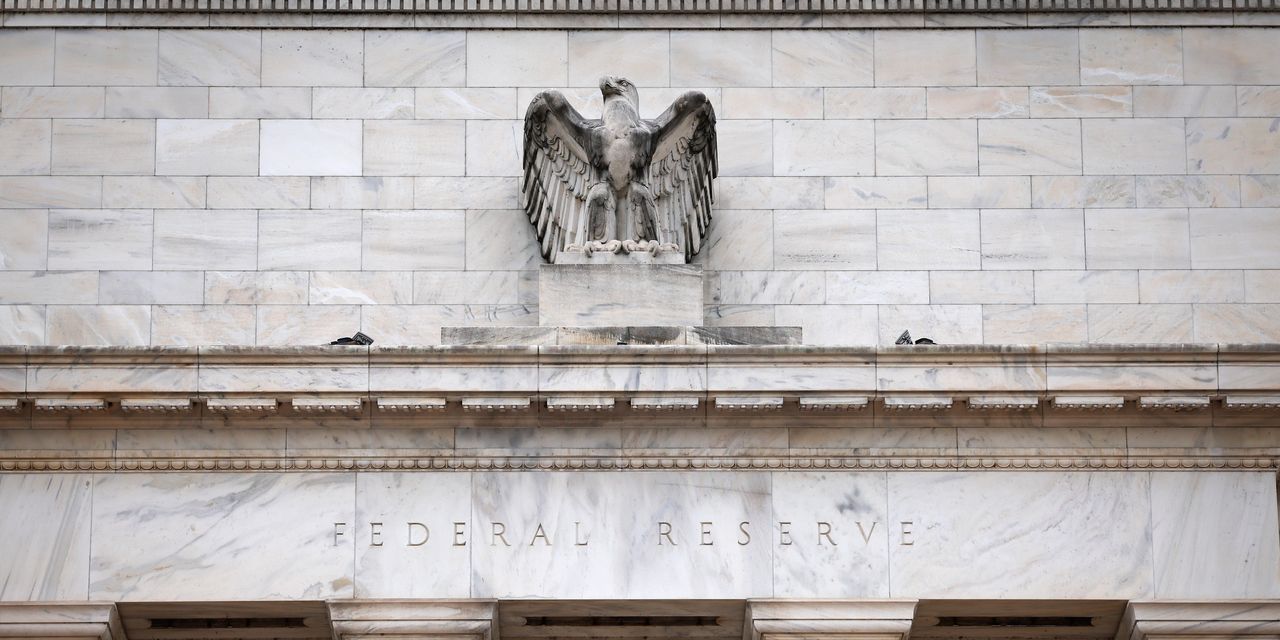Wall Street will get an assessment of the health of the nation’s biggest banks on Wednesday. There is unlikely to be any cause for alarm but frustratingly, there’s unlikely to be any cause for celebration, either.
The 23 banks subject to the Federal Reserve’s annual stress test this year are expected to pass with little issue. But the murky economic backdrop, coupled with a challenging banking climate that saw the collapse of three U.S. banks earlier this year, means that banks are unlikely to take any unnecessary risks. For bank investors, that means a downbeat outlook for capital return.
While payout ratios—comprising dividends and buybacks—at the largest banks are expected to increase by 13 percentage points to 72% year-over-year, according to analysts at Keefe, Bruyette & Woods, the increase is a function of lower expected earnings rather than a sharp increase in dividends and buybacks. Similarly, analysts at J.P. Morgan Securities expect that dividends will increase by an average of 4% for banks in its coverage universe while some banks may forego buybacks altogether as they await more clarity on economic and regulatory conditions.
Among the banks
JPMorgan
looked at,
Wells Fargo
(WFC) could see the highest dividend increase—by 23% quarter-over-quarter—as the bank builds back its dividend after slashing it during the pandemic. This would give Wells Fargo a dividend yield of 3.6%, up from 3%.
Truist
(TFC) and
Citigroup
(C) are expected to keep their dividends flat due to Truist’s higher payout ratio this year and Citigroup having a lower valuation, which would make share repurchases more enticing than dividends.
Still overall, the outlook for large payouts is much more muted this year than it has been in prior years. Despite a rocky start at the outset of the pandemic, large banks fared exceedingly well for much of the time thanks to an exuberant trading and deal-making climate. Even as deal making fell in 2022 as the Fed raised interest rates, bank investors were rewarded by banks seeing their net interest income rise in tandem with higher rates and new loans. That all turned out to be good news for bank investors both in terms of stock appreciation and capital return.
But the banking turmoil this spring, in which Silicon Valley Bank,
Signature Bank,
and First Republic crumbled after their depositors fled, has made bank investors skittish. There have been calls for tougher regulatory and capital constraints on banks with assets of $100 billion, which would crimp the prospects for dividends and buybacks. Even larger banks, those with more than $250 billion in assets, aren’t immune from the spillover effects of being in a more tightly regulated space as investors fear they’ll err on the side of caution in light of an uncertain economic and regulatory climate.
In the near term, investors will have to do some tea leaf reading over the next few weeks. The Fed releases results of the tests after the market closes on Wednesday. It is expected that the banks were adequately able to prove their ability to operate during a severe economic downturn. But the next stage for investors comes on June 30 when banks are permitted to share their stressed capital buffer—or, the extra capital they have to maintain to withstand a downturn. Banks are also permitted to announce their plans for dividends and buybacks at this point, but analysts expect restraint.
“We expect June 30 to be less of a deal than prior years. While we expect most banks in our coverage to increase their dividends at some point in the 4Q23 through 3Q24 time frame, share repurchase will likely be relatively subdued for many in the near term,” Jason Goldberg, analyst at Barclay’s wrote in a recent note.
Expect bank investors to feel subdued, too.
Write to Carleton English at [email protected]
Read the full article here




